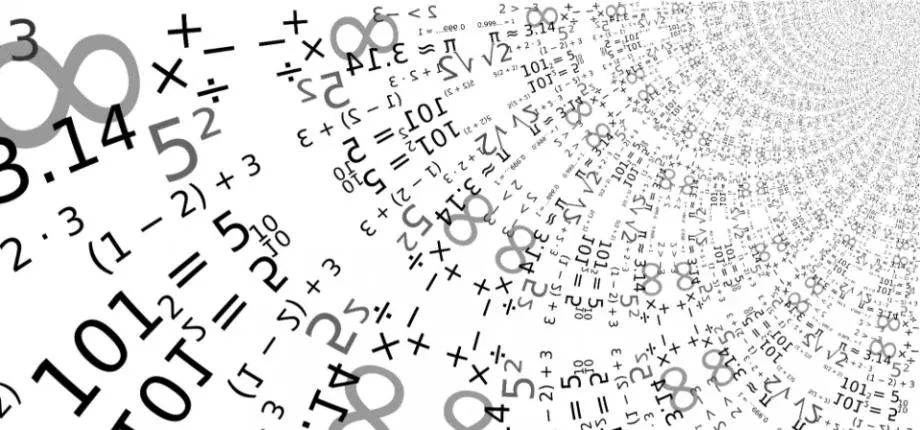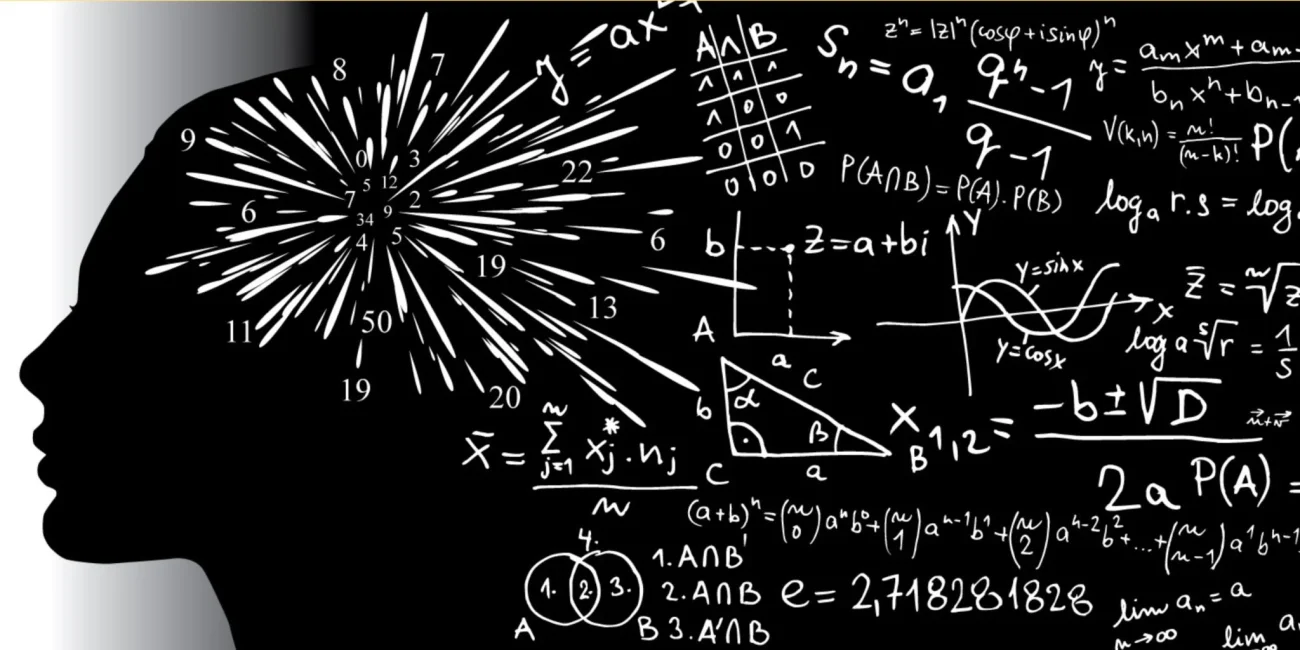Solving Quadratic Equations

Quadratic equations, typically written in the form ax² + bx + c = 0, are a crucial topic in algebra. They appear in a variety of fields, from physics and engineering to economics. There are multiple methods to solve them: factoring, completing the square, or applying the quadratic formula.
Factoring works best when the quadratic can be split into simple integer components. Completing the square is a reliable method for any quadratic and provides insight into the vertex form of a parabola. The quadratic formula, x = [-b ± √(b²-4ac)] / 2a, is universal and guarantees a solution whenever a ≠ 0.
Understanding the discriminant, b²-4ac, is key. It determines the nature of the roots: if positive, there are two real roots; if zero, one real root; and if negative, two complex roots. This knowledge helps in predicting solutions before actually solving the equation.
Regular practice with a variety of quadratic problems enhances both speed and accuracy. Graphical representation can also aid understanding, showing how solutions correspond to intersections with the x-axis.
Finally, mastering quadratic equations develops logical thinking and problem-solving skills that are applicable beyond mathematics, reinforcing analytical reasoning in other subjects.

